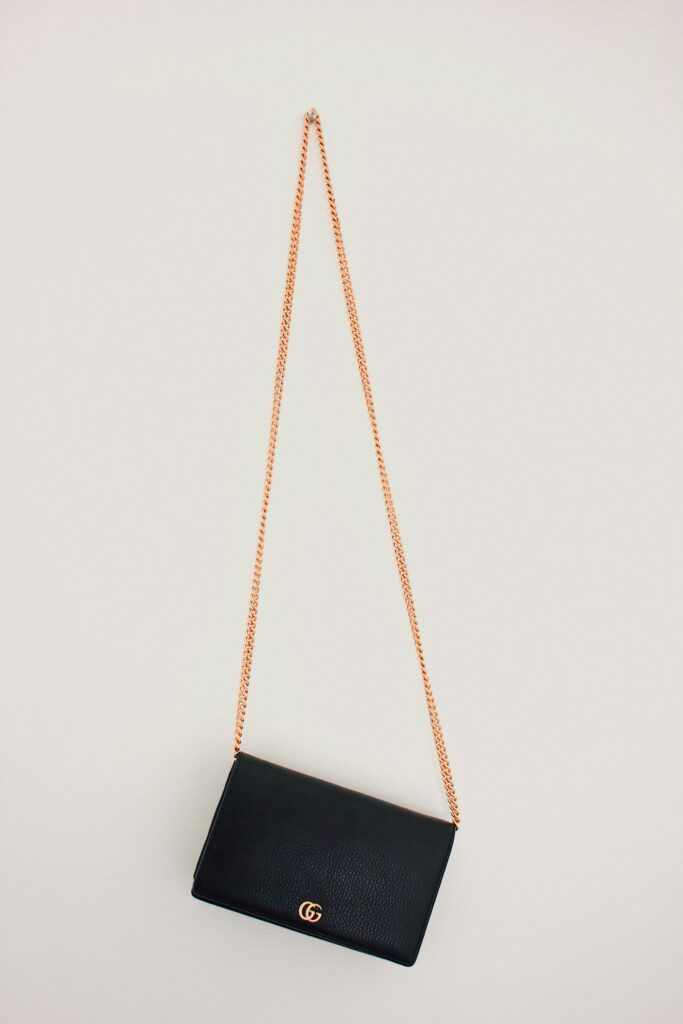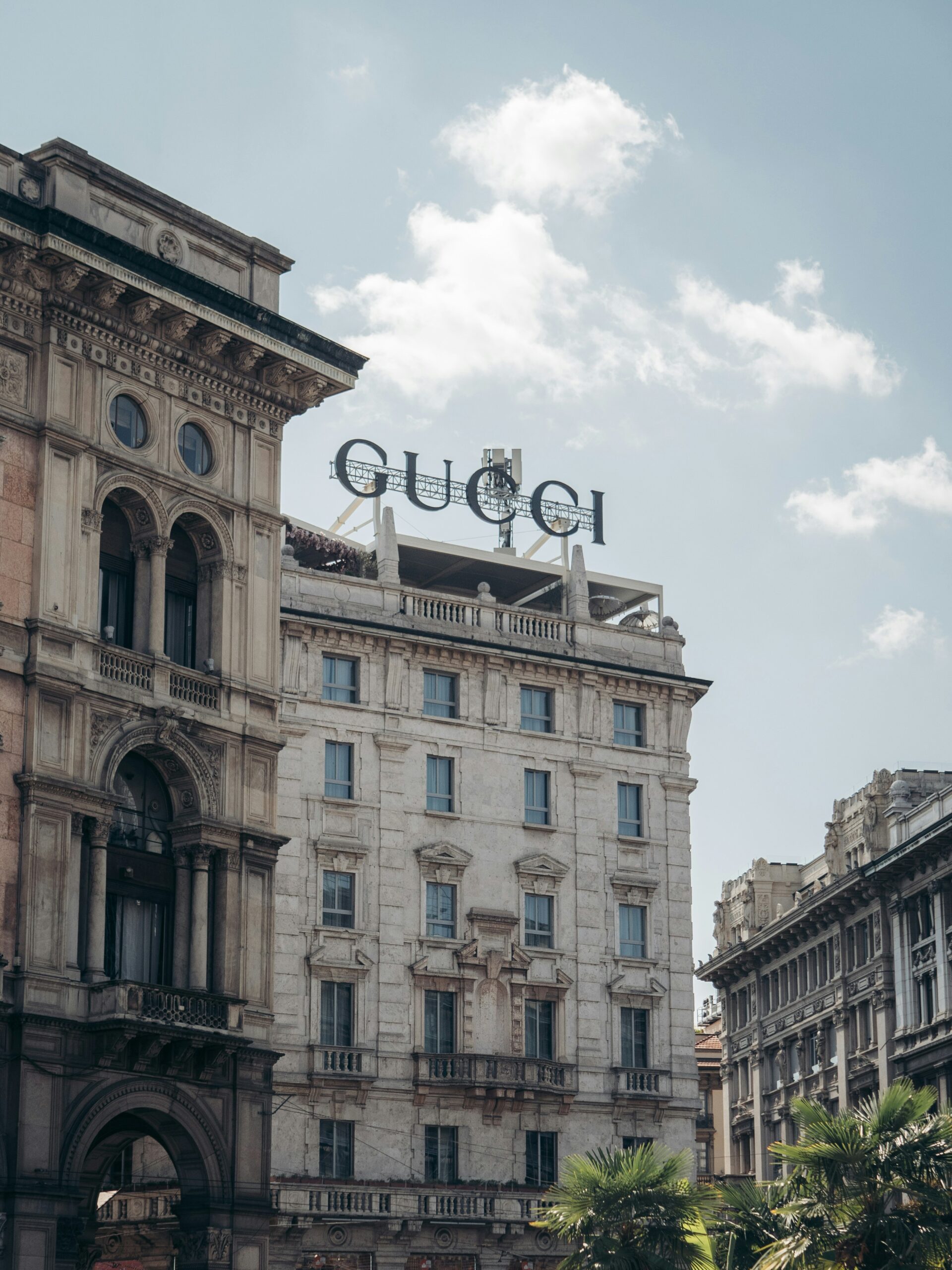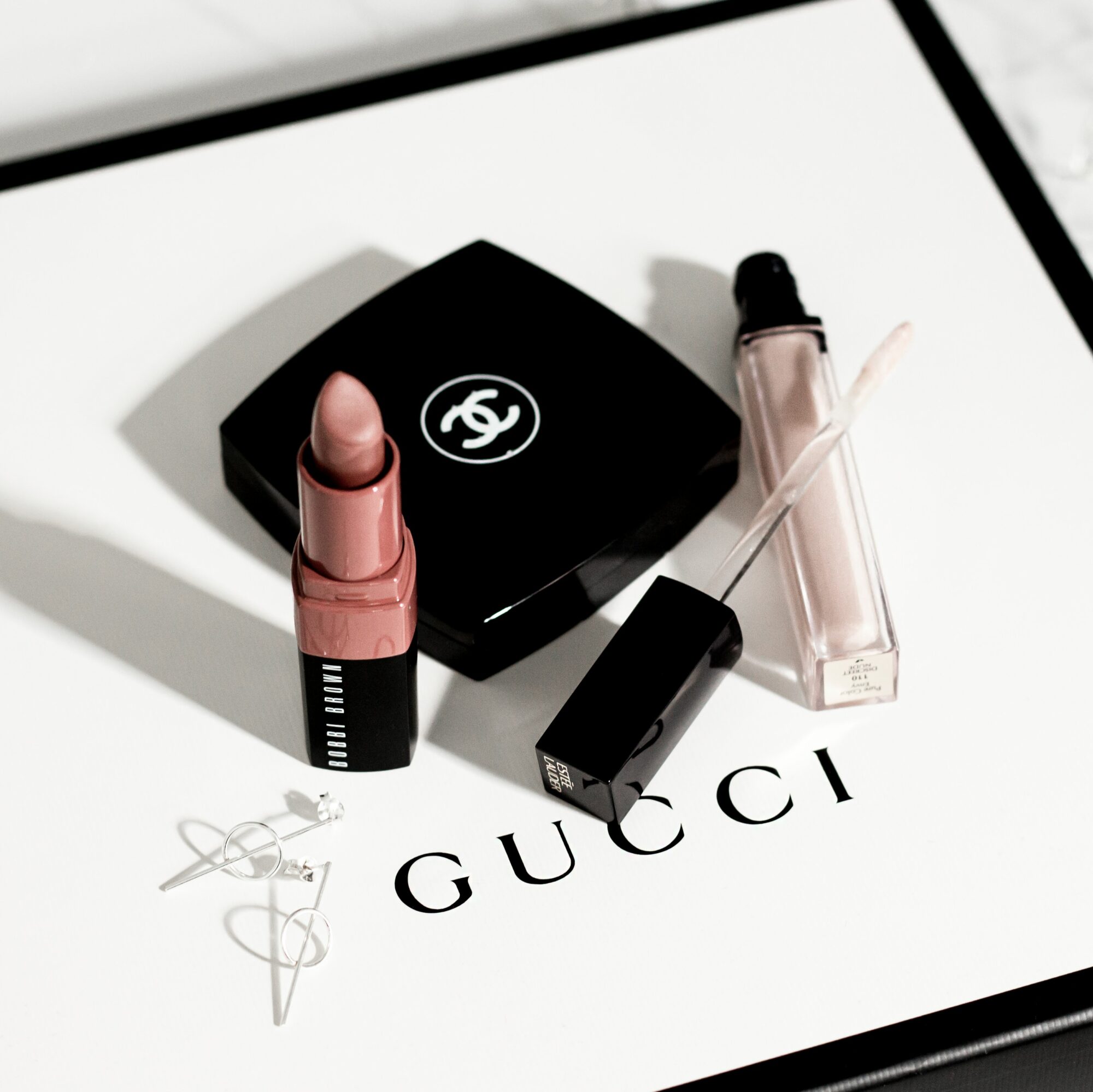Background Struggle Era
It is a chronicle of a brand moving through luxury and innovation. Gucci, very synonymous with high fashion and luxury, has undergone almost a century of transformation innovation. Created in 1921 by Guccio Gucci in Florence, Italy, the story of this brand is one of passion, and the relentlessness one holds while chasing elegance. From a workshop in leather goods to a global powerhouse that sets trends and redefines luxury with every collection. Gucci has come a long way since its modest start.
Genesis of Gucci
To create finely crafted leather goods that bore the stamp of Italian craftsmanship but were infused with tasteful designs. Enthused by his exposure to the fine luxury hotels of Paris and London, where he got a feel for the most superior luggage and accessories, Gucci opened his first store on Via della Vigna Nuova in Florence. This location, now a historic site, marked the beginning of what would become a legendary brand. The very early products, such as iconic bags and luggage, were characterized by superior quality and stylish design. High quality leather and striking hardware which would eventually include the horse bit shaped Gucci apart from others at the time, quickly established its reputation for luxury and quality.
Signature Elements and Iconic Designs

Gucci’s design philosophy has always been a blend of tradition and innovation. The logo was design 1960s that is GG logo saw its debut, which was a symbol of luxury and exclusiveness for the brand. Finished with founder Guccio Gucci’s initials, this is now one of the most recognizable symbols in fashion. It was this loose resemblance to the colors of the Italian flag that defined the green-red-green stripe that came about as part of the brand identity, signifying heritage and quality.
It was during the 1950s and 60s that celebrities and socialites began to converge on Gucci’s designs, with famous customers such as Grace Kelly, and Jackie Kennedy. In fact, one of the most iconic pieces that Kenneth Bean designed was the Gucci Jackie bag, famously toted by Jacqueline Kennedy. Other signature designs launched during this time include the infamous bamboo-handled bag, a really pioneering design representing Gucci’s fervent innovative spirit. This collection used bamboo, which at that time was considered a rather rare, sustainable material, showing Gucci’s forward approach to design and sustainability.
Tom Ford at Gucci
When Tom Ford was appointed creative director, putting new life into the brand. Delicious yet bold was Ford’s vision: daredevil designs characterized the restoration that took this brand to the forefront once again. His collections were characterized by their, glamour, and sophistication, which appealed to an emerging generation of fashion lovers. Under Ford’s stewardship, some of Gucci’s most iconic pieces were introduced, like hip-hugging trousers and the GG logo belt, which have helped define the brand’s luxurious yet edgy vibe.
Under Ford, Gucci diversified its products, and the very successful ready-to-wear, accessories, and fragrance lines were launched as a result of his work. The advertising campaigns, with their striking visuals and celebrity models, cemented the house’s position as a leader in global fashion. Ford’s impact on the image of Gucci was deep; he really turned the brand into the modern symbol of luxury and high fashion.
A New Era

In 2015, Alessandro Michele took over the creative directorship and brought about a new sense of style at Gucci. His vision was so far removed from the minimalist aesthetics dominating the scene in the early 2000s. Heading toward the whimsical, electoral, and surreal. Michele’s collections are rich in texture and boldness of print and often sport unexpected combinations that celebrate individuality and creativity. He has redefined contemporary fashion with his vintage twist and modern feel, appealing to people from all walks of life globally.
Michele approaches fashion at a highly subjective and inclusive level, based on his passion for art, and culture. His collections often include a glimpse of various eras and styles from the Renaissance to the 1970s—making fashion that are both timeless and avant-garde. Under Michele’s tenure, Gucci has also opened itself to sustainability in such ways as Gucci Equilibrium for environmental and sustainability.
Gucci’s Influence on Contemporary Culture
Today, Gucci is very hot brand now a days. It represents a cultural phenomenon. This influence extends well beyond the realm of fashion to embrace art, music, and popular culture. The runway shows are synonymous with theatricality, creativity, and, at times, even reinvent a fashion week experience into an immersive art happening. Moreover, collaborations with artists, musicians, and filmmakers enhance Gucci’s influence on the cultural landscape through experiences that resonate across wide-ranging audiences.
One of the most memorable collaborations was with the artist Dapper Dan, who was helping redefine streetwear in the 1980s and ’90s. That collaboration with Dapper Dan did not only celebrate his legacy, linking Gucci to tons of diversity and inclusivity. But it also made this collaboration just so very special. The power to unite in celebrating the richness of cultures worldwide is only a testament to the ability of Gucci to link up with divergent communities across the world.
Sustainability and Innovation

From the different activities and projects, it goes without saying that Gucci is very dedicated to sustainability. The luxury brand has taken serious business in cutting its ecological footprint through the adoption of sustainable materials, and circular fashion. Organic cotton, recycled polyester, and sustainable leather are part of a greater agenda by brand in setting up a more ethical fashion industry.
The innovation of the brand extends into its digital presence as well. Gucci has been leading the way in terms of merging technology with fashion. Creating immersive experiences within the metaverse, and using augmented reality to increase customer engagement. One very nice example of how Gucci bridges the gap between the physical and the digital is the Gucci Garden, a digital experience through which users can lead themselves into the history and collections of the brand.
Global Presence and a Vision of the Future
Today, Gucci has a global presence, with boutiques spanning all the major cities of the world—Milan, Paris, New York, and Tokyo. Each store mirrors Gucci’s individual aesthetic style, joined by strands of tradition and modernism: Italian artisan skills merged with elements of modern design. The flagships like that on Via Montenapoleone in Milan are international points of reference, and fascinating fashion enthusiasts the world over.
Conclusion
As Gucci looks to the future, its vision remains firmly based on innovation, creativity, and sustainability. It goes on to push the frontiers of fashion with new materials, technologies, and artistic collaborations. The commitment to inclusivity and diversity is also stronger than ever, seeing initiatives designed to foster a more inclusive and fair fashion industry.
From the small leather goods workshop in Florence to one of the largest international brands in fashion is the story of Gucci, a symbol of endurance and periodic renewal. Its ability to adapt itself according to the trends without losing its roots altogether has made this brand earn a place as the icon for luxury and style. As Gucci continues to evolve, it leads into the world of fashion: a moment to inspire, enchant, and commit to a better future.

